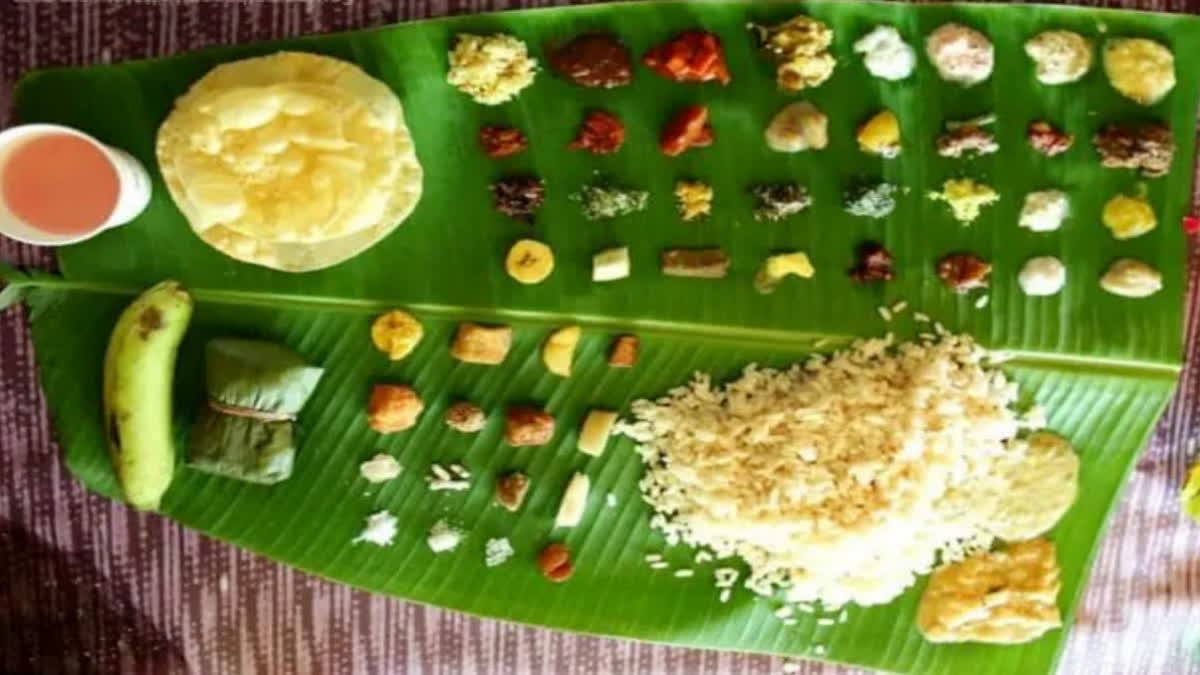South Indian food is one of the complete and healthiest cuisines in India. Like most regional meals, it is prepared with ancient Ayurvedic eating in mind. The traditional feast from the coastal state of Kerala offers an array of health benefits that are as extensive and diverse as the number of dishes in the spread itself.
The 10-day-long festival Onam includes a host of rituals celebrating unity in diversity. The final day, also known as Thiruvonam is probably everyone’s favourite, for it includes the grandest feast consisting of more than 26 dishes. Though the meal seems indulgent and too heavy, it is one of the healthiest spreads one can have, even if you are on a diet.
From the first tangy bite of injicurry to ending the meal with sweet traditional payasam, every dish on the Onam Sadhya is a delightful blend of nutrition. The traditional dishes and indigenous cooking techniques make this spread best for overall health and well-being.
The classic banana leaf
To start with, Onam Sadhya is consumed on banana leaf. This traditional plate has numerous health benefits. "The polyphenols present in banana leaves have immune-boosting properties that help increase the body’s resistance to diseases. The leaves release polyphenols when the food is served hot on them. These naturally occurring compounds get mixed with the food and enter the body when consumed," says Sr Anima Khandelwal. "Additionally, the banana leaf also helps reduce bacterial activity, adding a layer of hygiene to the meal by lowering bacterial count on the leaf," she adds.
According to Dr Tahir Kamran Tak, a clinical nutritionist, each dish of Onam Sadhya is full of nutrition. The meal is a source of protein, carbohydrates, and vitamins A, D, and E which are good for the eyes, and skin. The feast begins and ends on a sweet note. The meal is designed in such a way that some of the dishes also work as palate cleansers.
The traditional sequence of flavours starts with sarkkara varatti, followed by salt, ghee, parippu (dal), pickles, buttermilk, sambar, avial, olan, kalan, puli inji, erissery, pachadi, banana, pappadam, and payasamto end the meal on a sweet note. This sequence has immense significance.
Sarkkara varatti
Prepared with raw banana, dried ginger, cardamom, and jaggery, this dish helps stimulate the digestive process and jaggery, which is full of vitamins and nicotinic acid helps increase haemoglobin in the blood.
Matta rice or Red rice
Rich in complex carbohydrates and essential nutrients like magnesium, red rice are crucial for heart health. It also has a low glycemic index, which helps manage diabetes. The soluble fibre in mattarice helps reduce cholesterol levels and improves digestion.
Ghee and parippu (dal)
Dalis rich in protein and when consumed with ghee, it promotes digestion and provides essential nutrients to the body. Gheeworks as a defence mechanism to counter any negative impact dal alone might have.
